THE World Language Teacher Summit FOR SPANISH TEACHERS' MASTERCLASS SESSIONS
Covering topics such as using music and drama to enhance language learning, integrating AI & digital tools into the classroom, implementing CI strategies for student engagement
Click to Open/Close ▼
DAY 1: MUSIC AND MAGIC SESSIONS

The Magic of Passwords
by Myra Johnson
Myra presents the concept of using passwords as a way for students to enter the classroom. She shares her experience of implementing this technique, emphasizing the benefits it brings, such as building social-emotional connections, practicing recall and interpersonal communication, and boosting students' confidence in speaking Spanish. Johnson also provides practical strategies for choosing passwords, helping students remember them, and managing situations where students forget or refuse to use the passwords. The presentation concludes with a strong endorsement of using passwords and recommendations for other resources on the topic.

Moving and Grooving! Using Authentic Music
by Noemí Rodríguez
In this presentation, Noemí discusses the use of authentic music for engaging elementary school students in language education. She emphasizes the benefits of using music and movement in the classroom, such as sparking students' interest, accelerating brain development, and fostering a sense of community. Noemí provides practical strategies for incorporating authentic music into language lessons, including using music as a timer and brain break, designing pre-reading and post-reading activities around song lyrics, and pre-teaching vocabulary before introducing a music video or movie talk. She also encourages educators to explore themed virtual spaces and engage students in activities such as March Madness with music.

Music Brackets
by Allison Wienhold
In this presentation, Allison discusses the use of music brackets as a tool for engaging students and exposing them to diverse Spanish-speaking cultures. The brackets feature songs from different countries and provide a fun and interactive way for students to explore Spanish music. The format allows for flexibility and customization, catering to different classroom needs and schedules. Allison emphasizes the educational and cultural value of using music brackets and shares her experience in implementing them in her classes, highlighting the positive impact on student engagement and language learning.
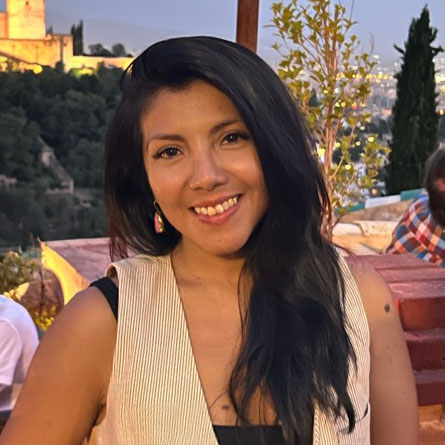
The Magic of Drama in the Elementary Classroom (TPRS)
by Carmen Reyes
In this session, Carmen shares her expertise in using drama and storytelling to teach elementary students the Spanish language. She emphasizes the importance of teaching emotions and feelings vocabulary through engaging activities such as matching emotions with sentences and silent acting. Reyes highlights the impact of drama activities on developing language proficiency, comprehension, and confidence in students. Her approach combines total physical response (TPR) and teaching proficiency through reading and storytelling (TPRS) to create an interactive and immersive language learning experience for elementary students.

DIVERSITY IN ACTION
Cross-Cultural Studies in World Language Classes: Through the Lens of Black History Month
by Allison Perryman
Allison Perryman discusses the significance of incorporating Black History Month themes into world language classrooms as a means of affirming and celebrating diverse students. She shares her experience and provides practical examples, such as using music, food, and cultural experiences to explore the African diaspora. Perryman offers resources and plans to engage students in meaningful conversations about historical figures and the impact of African culture. She emphasizes the importance of recognizing Black History Month in language classes and expresses her commitment to enriching diverse language communities.
Click to Open/Close ▼
DAY 2: EMPOWERING STRATEGIES FOR SUCCESS SESSIONS

CI Through Interpretive Reading ... Then What?
by Joshua Cabral
In this presentation, Joshua discusses the use of comprehensible input (CI) through reading materials, particularly novels and short stories, to facilitate language acquisition in the classroom. He emphasizes the importance of both compelling input and compelling output in language learning, stressing the role of providing language that is both understandable and interesting to students. Cabral also addresses the assessment of proficiency levels in a communicative CI classroom, advocating for assessing communication modes rather than focusing solely on language accuracy. Throughout the presentation, he emphasizes the subconscious nature of language acquisition and the need for students to receive language input at their "sweet spot" for optimal understanding and rule formation.
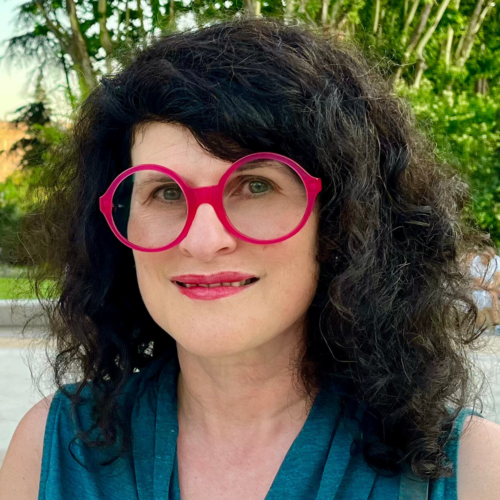
One & Done
by Andrea Nazelli
In this presentation, Andrea introduces the "Yes, No, Maybe So" activity, which is an adaptable and engaging listening activity for language learners of all levels. The activity involves students walking to different parts of the room in response to questions or statements, providing an opportunity for individual interaction and targeted language practice. Andrea also shares universal reading and listening rubrics that she uses for the entire year, simplifying assessment and allowing students to demonstrate their understanding. She provides variations for the activities based on age and language proficiency, emphasizing the importance of allowing students to demonstrate what they understand rather than focusing on what they do not know.
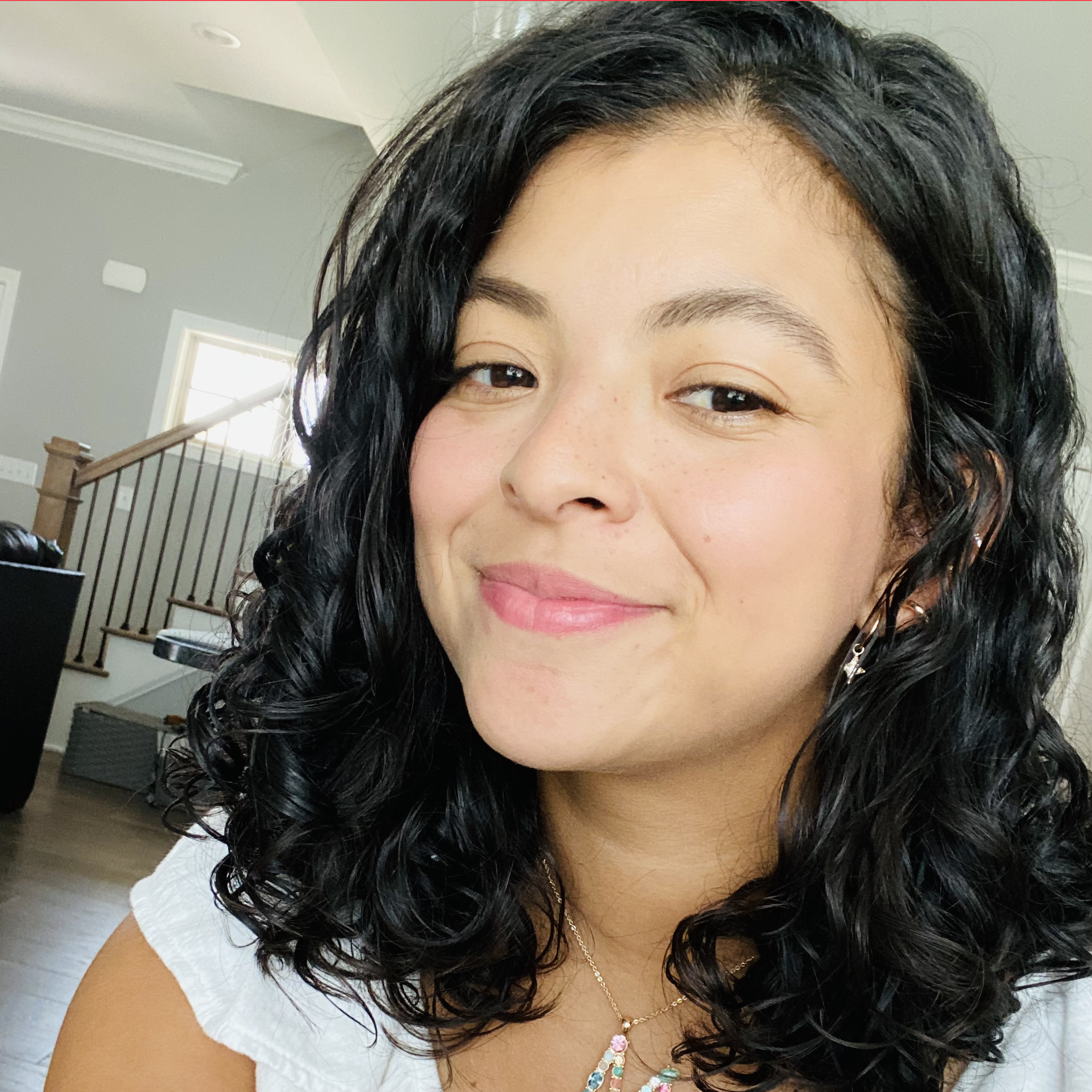
Developing Story Focused Units to Enhance Student Success
by Michelle Rojas
In this presentation, Michelle Rojas discusses her approach to developing story-focused units to enhance student success in Spanish language learning. She emphasizes the importance of making content comprehensible and accessible to students while integrating backward planning and targeting all modes of communication. Michelle provides a detailed example of how she creates a lesson around a short animated video on the theme of kindness, incorporating personalization, goal-setting, and various activities to engage students in listening, reading, writing, and speaking. She also shares resources for finding inspiration, such as YouTube, Instagram, podcasts, and the Comprehensible Classroom, and encourages teachers to be creative, take risks, and choose content that they are passionate about.
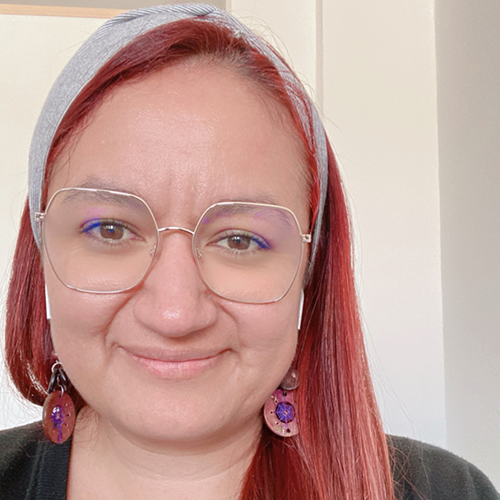
Genial.ly and AI Creating Visual Stories
by Jennifer Niño
In this presentation, Jennifer demonstrates live how she uses AI tools such as Genially, ChatGPT and Canva to create interactive and engaging visual stories for language education. She emphasizes the importance of stimulating students' curiosity and using AI as a catalyst for creativity. Niño demonstrates how to use these tools to create prompts for classroom projects, present stories with interactive elements for listening comprehension, and design interactive exercises for language learning.
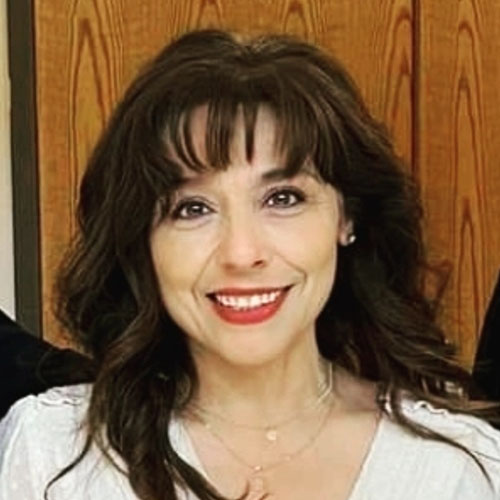
Engagement and Student Motivation
by Norma Jones
Norma emphasizes student engagement and motivation in her classroom. In this presentations she shares how she incorporates various playful and interactive activities such as reading games, movement-based discussions, music activities, and language learning games. She also explores how she focuses on building a strong classroom community through morning routines, involving students in setting classroom norms, and incorporating rich cultural resources in her lessons. By leveraging these strategies, she fosters a dynamic and immersive learning environment that encourages students to actively participate and enjoy the language learning process.

DIVERSITY IN ACTION
Uplifting Our Students’ Voices through Our Curriculum
by Jennys McKinney
Jennys McKinney shares her innovative approaches to integrating culture into the Spanish language curriculum, highlighting a successful multicultural night event at her school. Through the use of technology, music, and personalized learning tools like Pear Deck and Google Earth, she crafts engaging, culturally-representative lessons that validate the diverse backgrounds of her students. McKinney and host Allison Perryman discuss the importance of cultural competency in language education, emphasizing the need for inclusive practices that support students' identities and promote unity within the classroom. The conversation also touches on the significance of teacher resources and community platforms for sharing ideas and finding inspiration to incorporate culture in language teaching, underscoring the interconnection between language learning and cultural appreciation.
Click to Open/Close ▼
DAY 3: ACQUISITION SESSIONS

Special Person Interviews
by Bryce Hedstrom
In this presentation, Bryce emphasizes the importance of engaging students through special person interviews in language classes. He shares inspiring examples of how personalized interviews with students who have unique interests and talents can create a positive and psychologically safe learning environment. By using active listening, follow-up questions, and a variety of question types, teachers can build rapport and trust with students, ultimately making language learning a positive and enjoyable experience for all. With a focus on personalized discussions and student-centered learning, special person interviews allow teachers to better connect with their students while they grow student-focused community within the classes and school.
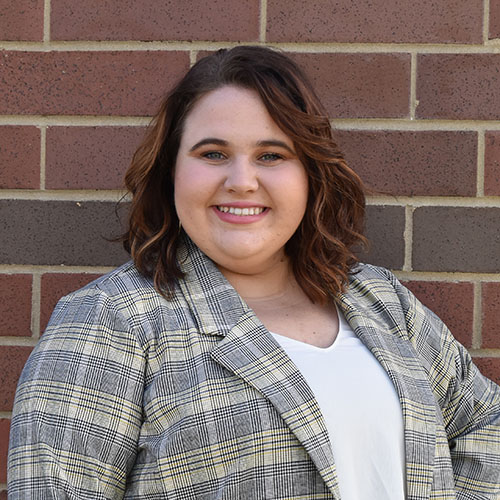
Integrating #authres in an ADI Classroom
by Haylee Ziegler
In this presentation, Haylee emphasizes the importance of integrating authentic resources in an Acquisition-Driven Instruction (ADI) classroom. She discusses utilizing various authentic resources such as images, videos, texts, and commercials to engage learners and foster cultural competence. Ziegler provides practical strategies for incorporating authentic resources into the classroom, including using them for warm-up routines, MovieTalk, and infographics. She also dispels myths surrounding the use of authentic resources and offers valuable tips for finding and using them effectively.
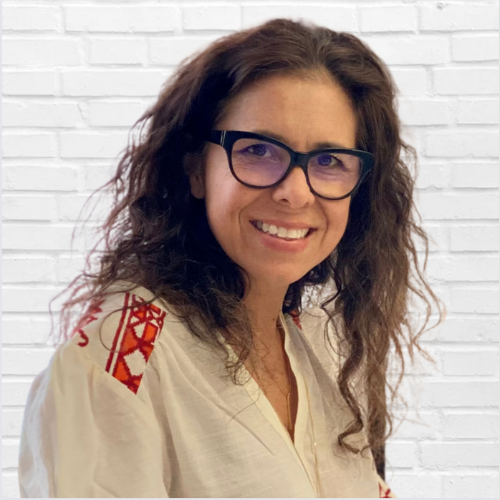
Making Language Teaching Sustainable
by Claudia Elliott
In this presentation, Claudia shares strategies for making language teaching sustainable. She emphasizes the importance of establishing core routines in language classes to reduce decision fatigue for both teachers and students. Claudia's approach includes using target language in class, co-creating content with students, and providing options for student autonomy, ultimately aiming to deepen connections with students, promote engagement, and reduce teacher burnout.

Putting the Pieces Together: Creating a Classroom Environment for Acquisition
by Martha Cox-Stavros
Martha emphasizes the importance of creating a community-centered environment to facilitate language acquisition. She adopts an acquisition-driven language instruction approach by focusing on high-frequency language structures and phrases to aid comprehension, while de-emphasizing explicit grammar instruction. Martha also highlights the crucial role of engagement and motivation in learning, promoting the use of movement and games to increase student involvement and capitalize on intrinsic motivation. Overall, her approach centers on building strong relationships with students, providing meaningful scaffolded output, and creating an energetic and engaging classroom atmosphere to optimize language acquisition.
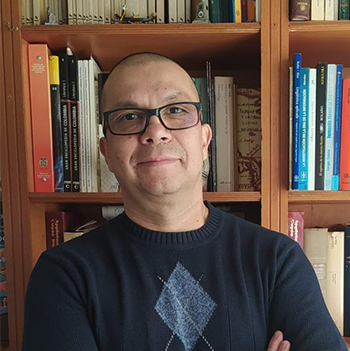
Using Comprehensible Poetry in the Spanish Classroom
by Diego Ojeda
Diego discusses the use of comprehensible poetry in the Spanish classroom to help students engage with Hispanic culture and language. He emphasizes the importance of using authentic and culturally significant materials to make language learning meaningful and experiential for students. Ojeda suggests various strategies for teaching poetry, including using illustrations, reading aloud as a class, teaching new vocabulary, and allowing for multiple interpretations of poems. Overall, the goal is to engage students in the learning process and make the content relevant to their lives and experiences.
Click to Open/Close ▼
DAY 4: DIGITAL TOOLS SESSIONS

Artificial Intelligence in Education: A Generational Perspective
by Knikki Hernández
In this presentation, Knikki delves into the generational perspectives on artificial intelligence (AI) in education. She discusses how different generations, from Gen Z to Baby Boomers, perceive and interact with AI, and the potential implications for the future of education. The presentation covers concerns about AI's impact on learning, societal disparity, and individual reliance, as well as the ethical and legal considerations surrounding AI usage. Additionally, it emphasizes the need to understand and address the varied attitudes and experiences of different generations in order to effectively integrate AI into the education system.
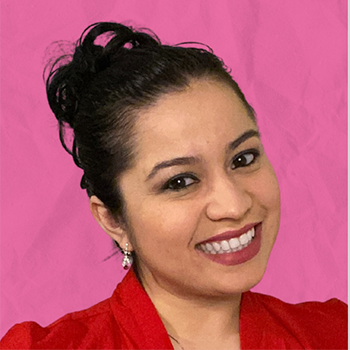
AI Tools Language Teachers Must Try
by Bertha Delgadillo
In this presentation, Bertha discusses the practical application of AI-generated lesson plans and writing prompts to streamline teaching efforts. She highlights their potential as time-saving tools and emphasizes the flexibility for teachers to customize and fine-tune these resources. Additionally, Bertha introduces a valuable, free tool designed to support learners, especially those with individualized education plans (IEPs), in developing social-emotional learning and decision-making skills. Lastly, Bertha explores the use of brain breaks as efficient and effective tools for optimizing the language teaching and learning experience.

Attention in the Digital Age
by Fanest Coronado
In this presentation, Fanest emphasizes the importance of integrating mindfulness and exercise techniques into language lessons to help students develop attention skills. She addresses the impact of digital distractions on students' ability to concentrate and engage effectively in language learning, highlighting the challenges associated with short attention spans in the classroom. Coronado also discusses the development of specific brain areas related to attention through language switching practice in bilingual individuals and the benefit of practicing a second language in enhancing attention. Furthermore, she provides strategies for managing digital distractions and emphasizes the importance of focused attention during language tasks.
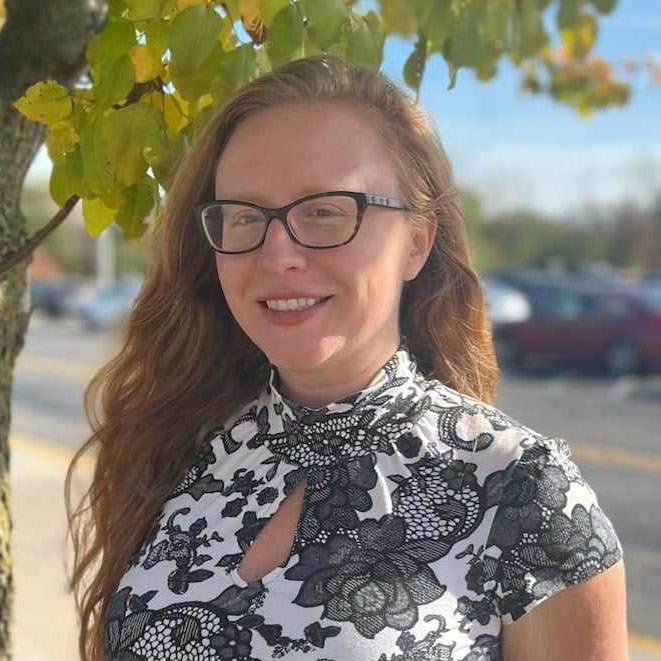
How to Make Stations Work for You
by Erinn Vincent
In the presentation, Erinn shares a variety of language learning activities for kids at stations. These activities include spelling, vocabulary, reading, writing, listening, feedback, teacher, speaking, and games. Vincent emphasizes the benefits of using stations, such as allowing students to work at their own pace and fostering autonomy in their learning. She also provides specific examples of activities and resources, such as templates for digital stations and breakout room note-taking. The presentation encourages teachers to incorporate stations as a way to observe student progress and engagement in language learning.

DIVERSITY IN ACTION
Linguistic Liberation and Queer Identities in the World Language Classroom
by Timothy Chávez
In "Linguistic Liberation and Queer Identities in the World Language Classroom," host Allison Perryman and guest Timothy Chávez explore the inclusion of LGBTQ+ representation and the use of inclusive language in educational settings. They address the challenges teachers face—from administrative pushback to the lack of resources—and emphasize the importance of normalizing queer identities in the classroom through curricular content such as storytelling, inclusive language practices, and visual representation. Chávez shares personal experiences and insights on promoting inclusivity, particularly in the context of languages with gendered grammatical structures, advocating for language evolution to reflect non-binary identities. Additional resources and strategies for creating a supportive environment for LGBTQ+ students, navigating resistance, and integrating critiques of heteronormativity are discussed and supplemented with a collaborative workbook. The conversation also touches upon broader societal issues, including the resistance to and the importance of queer representation in all facets of life, not just within educational spaces.
Click to Open/Close ▼
DAY 5: DIVERSE VIEWS SESSIONS
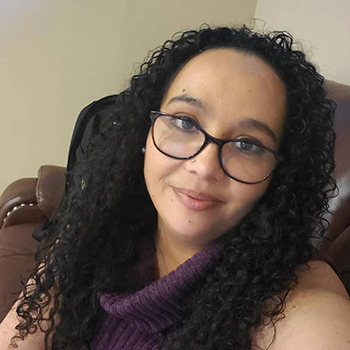
¡Qué viva Ecuador!
by Regina O'Neal
En este episodio, Regina comparte su experiencia en Ecuador como parte de una beca Fulbright. Describe su participación en limpiezas y la dinámica de su clase, incluyendo la subdivisión en grupos y los roles asignados. Comenta sobre la importancia de equilibrar la medicina tradicional con la moderna, y comparte sus preferencias de remedios caseros. También propone actividades relacionadas con la música, la poesía y los remedios caseros, y destaca los beneficios de participar en la beca Fulbright. Como presentadora, promueve la diversidad del mundo hispano y afrodescendiente, y utiliza técnicas de análisis de arte y tiras cómicas en su enseñanza.

Long Live Ecuador!
by Regina O'Neal
In this presentation, Regina shares her experiences and lessons from her time in Ecuador, highlighting the cultural diversity and rich artistic and natural heritage of the country. She emphasizes the importance of exposing her students to the regionalisms, art, poetry, and music of Spanish-speaking countries, particularly focusing on artists of African descent. Additionally, she discusses the use of home remedies and modern medicine in Ecuador, providing engaging activities for students to learn and discuss these practices. She also encourages participation in programs like Fulbright, sharing the personal and educational benefits she gained from her own experience.
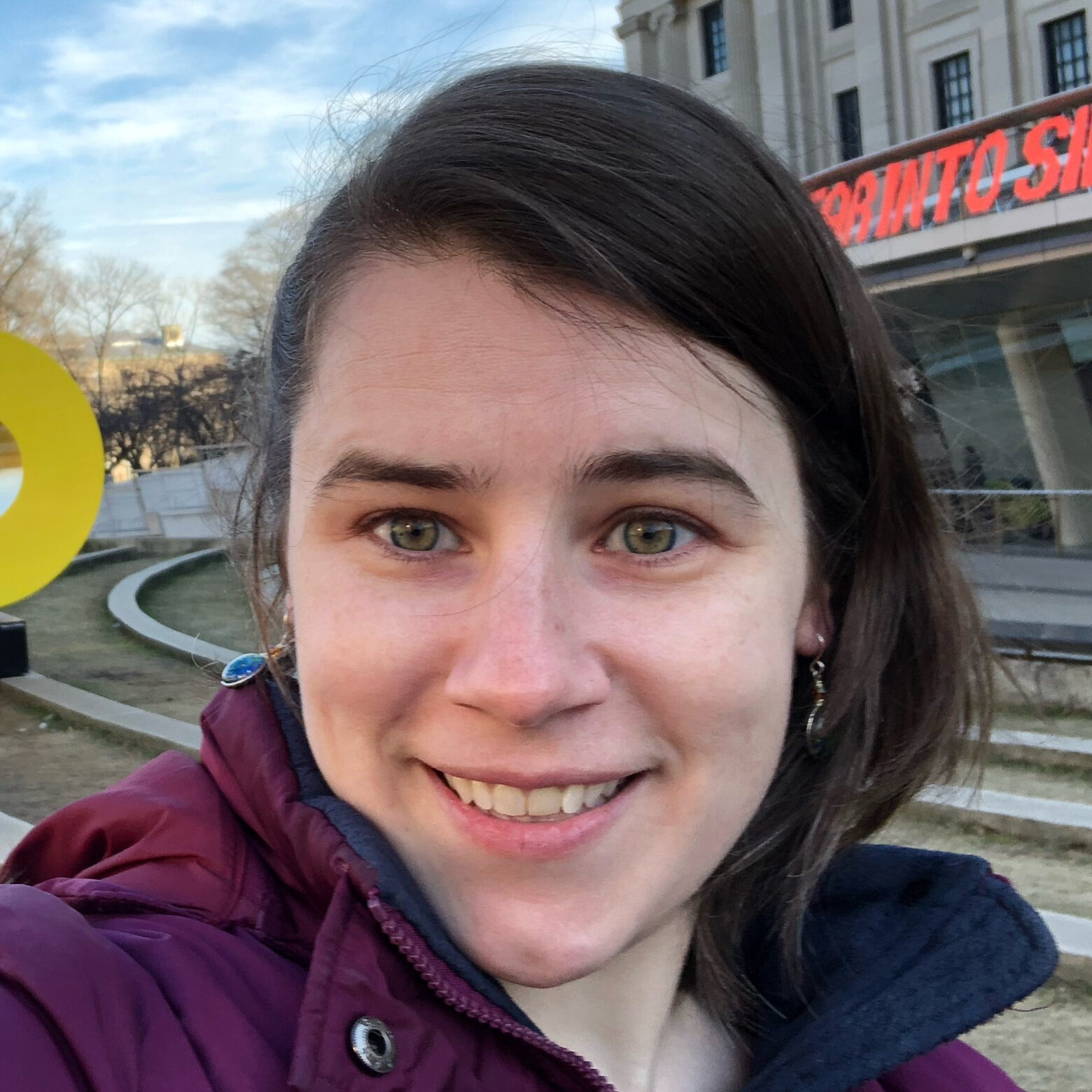
Teaching Culture with Webquests
by Jessica Hall
In this presentation, Jessica discusses the use of WebQuests as an engaging tool for teaching culture topics. She emphasizes the importance of providing students with access to computers, tablets, and the internet in order to fully utilize WebQuests. Hall provides step-by-step guidelines for creating web quests, including selecting a topic, finding appropriate websites, writing questions, and establishing procedures for using the WebQuest in the classroom. She also offers practical tips, such as making the WebQuest in English for use as a sub plan and using the "control f" function to help students quickly locate information on the websites.
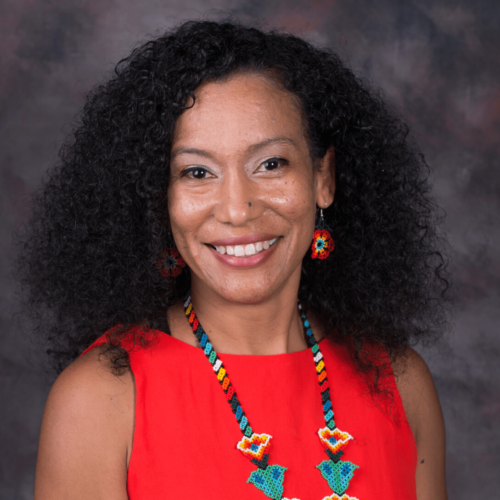
Panama's African Routes: Tracing Ancestry and Heritage
by Jenniffer Whyte
Jenniffer discusses the African heritage and ancestry of Panama, focusing on the provinces of Colon, El Chorrillo, and San Felipe. She highlights the Afro Caribbean influence on music, dance, language, and cuisine, as well as the historical significance of the Afro descendant community in shaping Panamanian culture. She offers various classroom activities and resources to explore and celebrate Afro Panamanian culture, including cultural exchanges, virtual guest speakers, art exhibitions, and culinary workshops.

Transforming Perspectives: Cultivating Culture in Your Curriculum
by Allison Perryman
In this presentation, Allison emphasizes the importance of confronting personal biases and embracing diversity in the Spanish classroom. She shares a personal story of initially misrepresenting her students' Mexican culture in her classroom, and her subsequent efforts to transform her approach by involving her students in the cultural representation. Perryman stresses the need for a diverse and inclusive curriculum to reflect the increasing diversity in student enrollment, and shares strategies for incorporating authentic cultural elements and promoting inclusivity. Additionally, she highlights the significance of recognizing and addressing biases to create an anti-bias classroom and provides insights on incorporating diverse cultural influences in the curriculum.

First Steps in the Work on Equity in the Language Classroom
by Adriana Ramírez
In her presentation, Adriana emphasizes the need to create an anti-racist and equitable language classroom by challenging biases and celebrating diversity. She incorporates picture talks, movie talks, and discussions in Spanish to challenge gender stereotypes and racial biases. She encourages reflection on one's own cultural lens as the first step in creating an anti-racist classroom and provides resources such as books, Instagram, YouTube channel, website, TPT store, and a podcast for further learning and engagement.

DIVERSITY IN ACTION
Making Hispanic Women Count in the Spanish Curriculum
by Carmen Reyes
In the 4th Diversity in Action session, host Allison Perryman and guest Carmen Reyes, address the issue of underrepresentation of women in history and explore strategies for engaging students, such as interactive games that reveal the identities of noteworthy Hispanic women and incorporating books like "My Name is Gabriela." Throughout the session, they underscore the significance of personal stories in education and highlight the accomplishments of several Hispanic women achievers, including Clara Elizabeth Fragoso Ugarte, Sofía Heinonen, and Marcela Fernández. Their stories are recommended for inclusion in various curriculum topics to challenge stereotypes and motivate students.
© 2025 World Language Teacher Summit All rights reserved. Curated by Speaking Latino and Language Babel.
